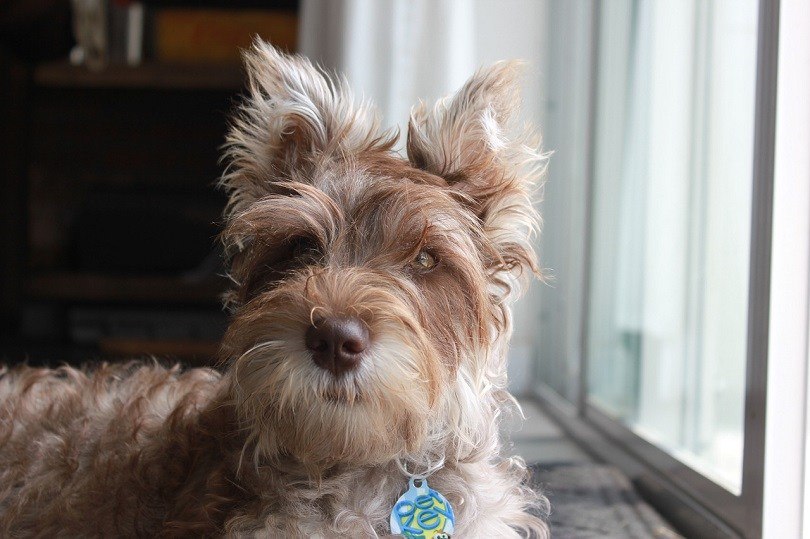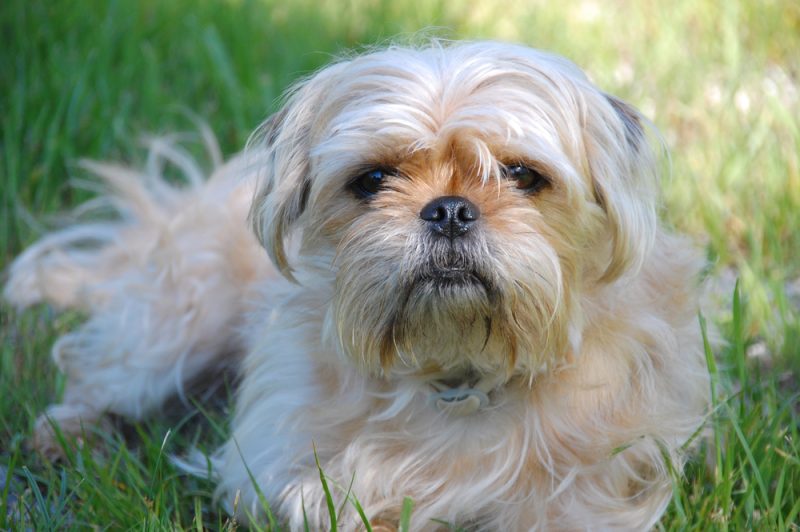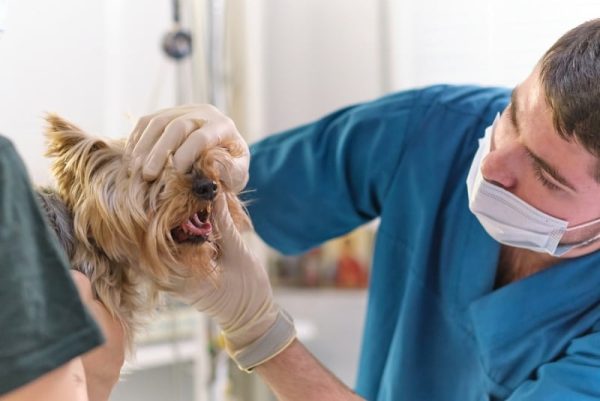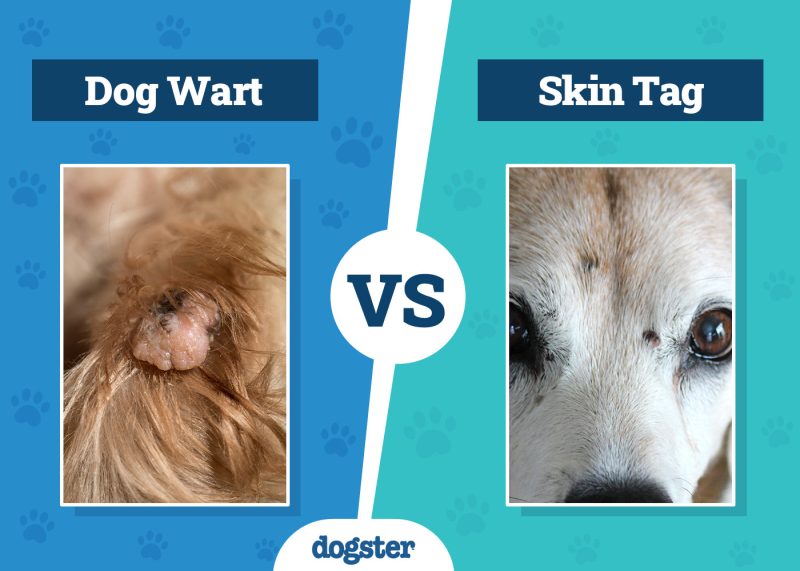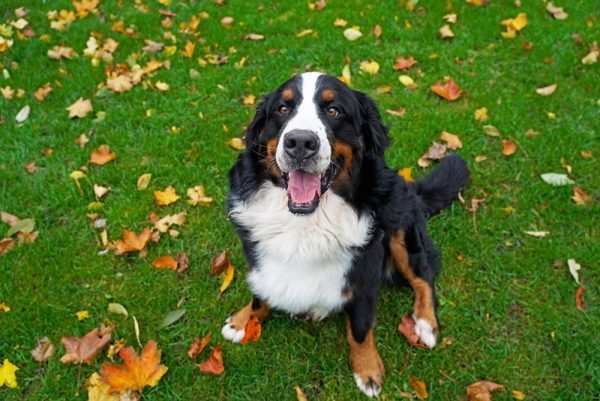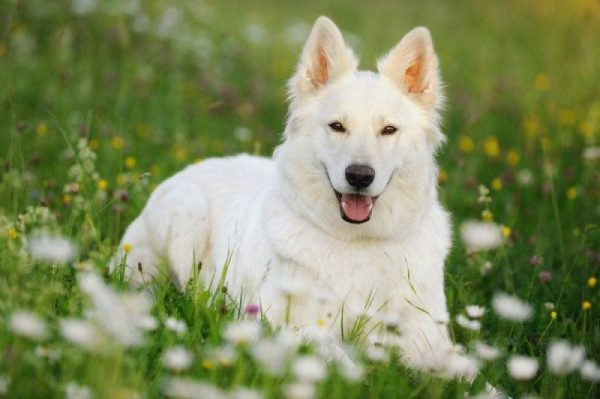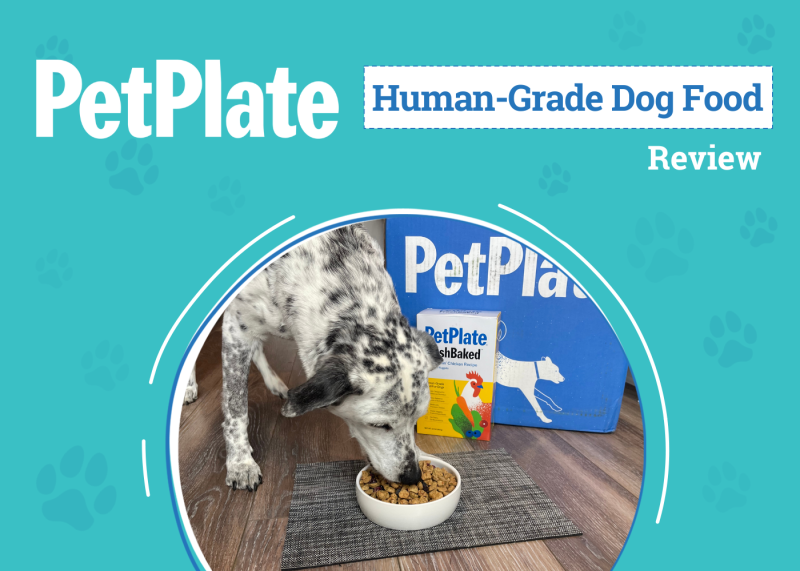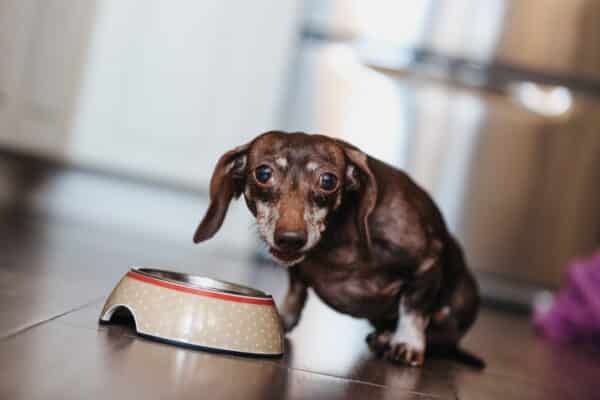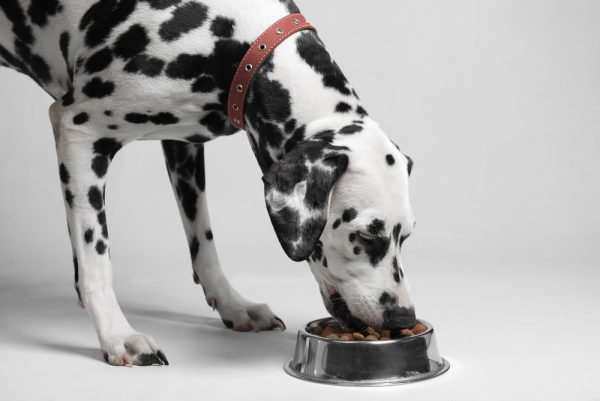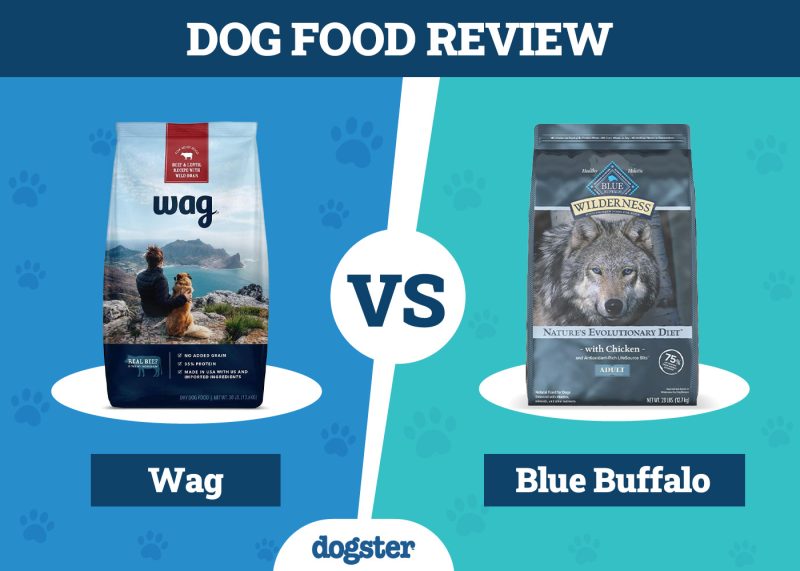In this article
View 8 More +The Chonzer is a hybrid breed that results from breeding a Bichon Frise and a Miniature Schnauzer. They can inherit desirable traits from both breeds. The Chonzer is a small pup that ranges from 10 to 16 inches in height and weighs anywhere from 25 to 35 pounds.
Hybrid breeds can take on the coat colors of either parent. Chonzers can be black, white, gray, or brown and tend to have several tones in their coat. The coat can be wiry and/or curly and their bodies are more on the stocky side.
Breed Overview
Height:
10–16 inches
Weight:
25–35 pounds
Lifespan:
10–13 years
Colors:
Black, white, gray, brown
Suitable for:
Families with children, allergy sufferers, those seeking companionship
Temperament:
Affectionate, gentle, loyal, loving
Chonzers are low maintenance when it comes to grooming and exercise and will do great in smaller living spaces such as apartments. The Bichon Frise and the Miniature Schnauzer are hypoallergenic, making Chonzers great pets for allergy sufferers.
Hybrid dogs have been a welcome addition to the canine community, offering benefits from the combination of two breeds. Both the Bichon Frise and the Miniature Schnauzer are loyal and loving breeds, making the Chonzer a wonderful companion with a lifespan of 10 to 13 years.
Chonzer Characteristics

Chonzer Puppies
The Chonzer can experience separation anxiety when left alone. This can be very difficult to resolve, and anyone looking to own a Chonzer should immediately begin working on the dog’s confidence when left alone for long periods.
Proper crate training is a possible strategy that may help with separation anxiety if started as soon as the Chonzer is brought home. Separation anxiety will cause your dog a great deal of stress, and you will want to consult your veterinarian if you feel Chonzer is showing signs.
The Chonzer can become destructive and wary of strangers if they are not properly socialized. They tend to bark frequently, which can be a nuisance. Therefore, you must begin training at an early age to ensure you have a well-mannered dog.
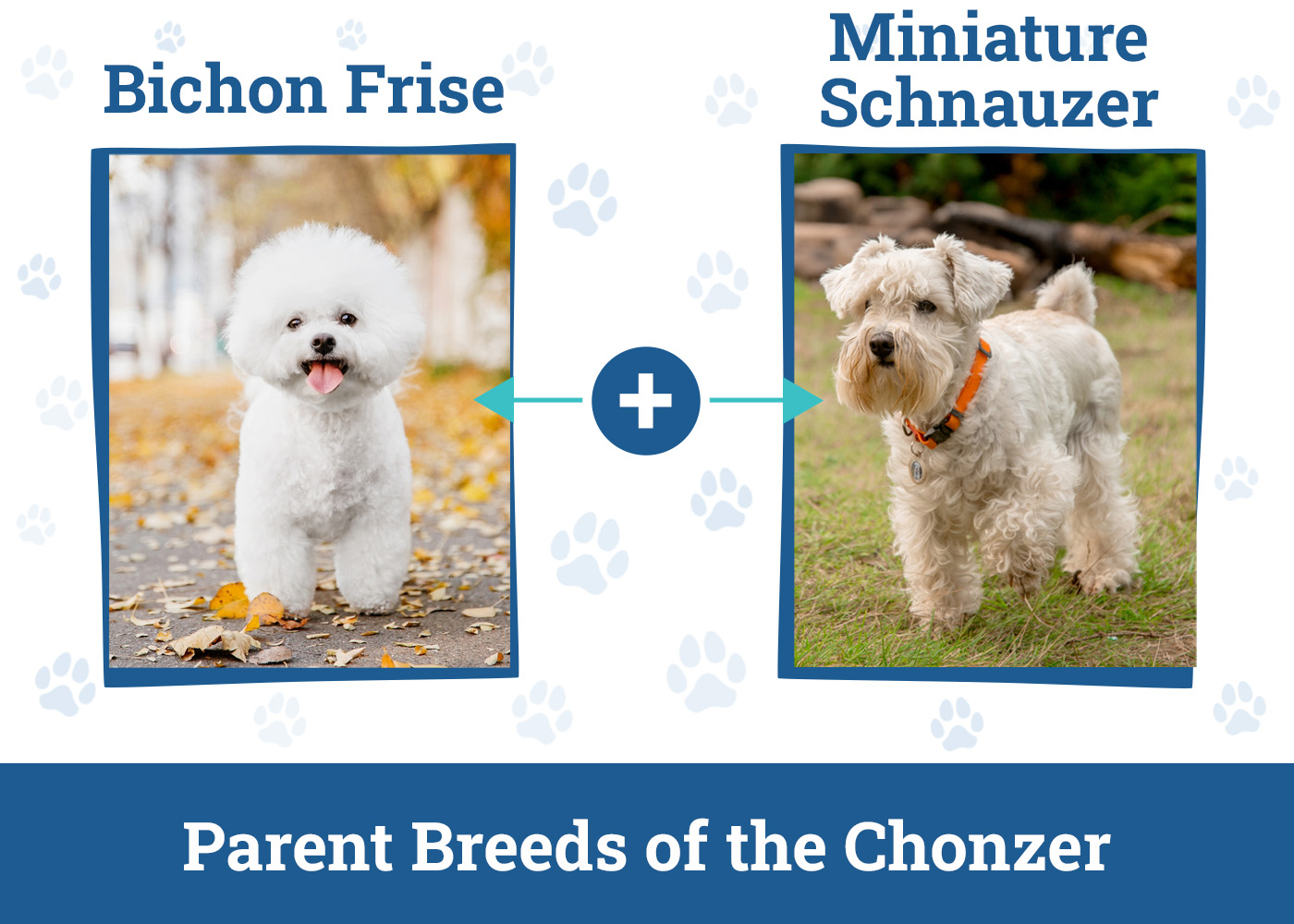

Temperament & Intelligence of the Chonzer
Chonzers are very intelligent and bond very closely with their family. They are gentle, loving, and very loyal. They can get a bit of a fearless attitude from the Miniature Schnauzer side and a playful, calm side from the Bichon Frise.
The Bichon Frise and the Miniature Schnauzer are affectionate breeds that require abundant human attention. The Chonzer will exhibit a decent amount of energy and will need a daily outlet for it. They are clever, intelligent dogs eager to please their human companion. They are reasonably easy to train and make great family pets since they get along well with children and other animals if correctly socialized.
Are These Dogs Good for Families?
The Chonzer is an excellent pet for families. They get along great with children and people of all ages. You will want to start socializing your Chonzer at a young age so that they are a more well-rounded member of your household. Young children should always be supervised around pets to prevent harm to both parties.
The Chonzer thrives on attention and thoroughly enjoys spending time with the family. They are perfect for backyard playtime, walks around the neighborhood, or cuddle time on the couch.
Does This Breed Get Along with Other Pets?
With an early introduction and proper training, your Chonzer will likely get along great with other household pets. The Miniature Schnauzer has a higher prey drive and loves to chase other pets, so you will want to keep that in mind when introducing the Chonzer to cats and other smaller pets.

Things to Know When Owning a Chonzer:
Food & Diet Requirements
A Chonzer will need high-quality dog food. The quantity and frequency of feedings should be discussed with a veterinarian but most need at least 1½ cups of dry food daily. Chonzers can be prone to obesity, so it is important not to overfeed your dog. Obesity can lead to a variety of other health issues and premature death.
Exercise
The Chonzer has an average amount of energy and requires normal daily exercise. They enjoy playing games like fetch and going on daily walks. The higher energy levels stem from the traits of the Miniature Schnauzer, which was initially bred for herding and ratting.
If the Chonzer’s daily exercise requirements are met, you’ll have a laid-back lap dog. The Bichon Frise was bred as a companion animal with a gentle nature. Chonzers make a great choice for urban living situations since they have relatively moderate exercise requirements.
Training
The Chonzer is a combination of two very clever breeds. Both the Bichon Frise and the Miniature Schnauzer are eager to please and relatively easy to train. Chonzers are not as difficult to housetrain as other small breeds.
Chonzers can be easily distracted, and it’s best to retreat to a quiet area where your training will go uninterrupted. You will want to keep your training sessions interesting and short to avoid boredom. Consistent, reward-based training with positive reinforcement will go a long way with your Chonzer. You should begin training as early as possible to prevent any unwanted behaviors.
Grooming ✂️
The Chonzer hybrid is relatively low maintenance in terms of grooming. However, you must clean their ears regularly to prevent ear infections. Frequent wiping around the eyes will help to prevent buildup, eye infections, and matting of the surrounding hair.
It’s a good idea to begin brushing your Chonzer’s teeth early. They can be prone to periodontal disease, and prevention is key. You should set aside time for tooth brushing two to three times weekly.
The Chonzer’s outer coat is wiry and wavy, and the undercoat is baby-soft. They are not heavy shedders and typically only require once to twice weekly brushing. You will need to provide occasional baths and nail trimmings.
Health and Conditions
Hybrids can exhibit fewer inherited health issues than their purebred ancestors. The Chonzer has been known to exhibit some genetic health conditions from the Bichon Frise and the Miniature Schnauzer. Below is a list of some of the most common conditions that have been observed in the Chonzer:
Male vs Female
Hybrid dogs exhibit a variety of traits from their purebred parents. This makes it more difficult to distinguish differences between males and females, as you would with purebred dogs.
Generally, males are slightly larger but have similar temperaments as females.

3 Little-Known Facts About the Chonzer
1. The Bichon Frise Entered the United States in 1955
The Bichon Frise was very popular in European countries but did not arrive in the United States until 1955. The first Bichon Frise litter was produced in the U.S. in 1956. The breed reached full recognition by the American Kennel Club in 1972.
2. Miniature Schnauzers Were Once Known as Wirehaired Pinchers
Miniature Schnauzers initially held the name Wirehaired Pincher. In the early 1900s, the name Schnauzer was implemented. “Schnauzer” comes from the German word, “schnauze,” meaning snout or muzzle.
3. The Chonzer is Registered by the DDKC
The Designer Dogs Kennel Club (DDKC) is a registry for hybrid dogs that began in 2007. The American Kennel Club does not recognize designer hybrids, as they are not technically considered “breeds.”

Conclusion
The Chonzer exhibits traits from the Bichon Frise and the Miniature Schnauzer. They can be great with children and pets and are loyal, loving, affectionate, and intelligent. This hybrid breed can make an ideal pet for most families. The Chonzer requires daily exercise, but they are relatively easy to groom.
Like their parents, Chonzers are hypoallergenic and can take on the appearance and personality traits of either one. They will form a lifelong bond with your family and be a loyal companion throughout their lifetime.
See also:
- Crested Schnauzer (Miniature Schnauzer & Chinese Crested Mix)
- Miniature Schnoxie (Dachshund & Miniature Schnauzer Mix)
Featured Image Credit: mariann72, Pixabay
